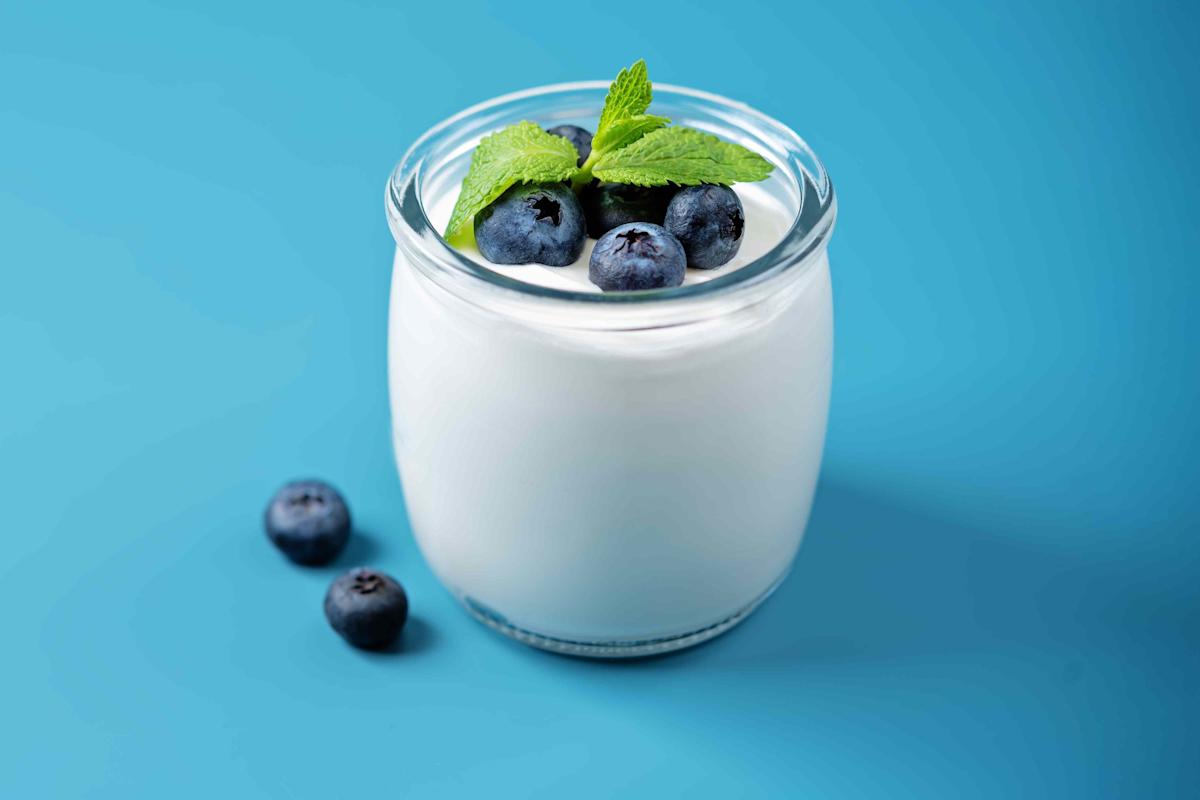Yoghurt, that staple food in our fridges, can sometimes hide many surprises. What are the pitfalls to avoid when shopping?
A nutritionist reveals the yoghurt he never puts in his shopping trolley. Discover his tips for making the right choice and staying healthy.
The dairy aisle is full of tempting options, but not all are created equal. While we thought we were doing the right thing by choosing certain yoghurts, it turns out that our choices can sometimes be counterproductive to our health. A nutrition expert lifts the veil on this dairy product and guides us towards healthier alternatives. Let’s dive into the fascinating world of yoghurts to separate fact from fiction.
Fruit yoghurt: a false good idea
Colourful and appetising, fruit yoghurts seem to be the ideal choice for combining pleasure and health. However, nutritionist Raphaël Gruman warns against this misleading option. Here’s why:
- excessive sugar content;
- diluted fruit benefits;
- equivalent to 3 to 4 sugar cubes per pot.
Far from being as healthy as they seem, these yoghurts can actually sabotage your efforts to maintain a balanced diet. ‘A pot of fruit yoghurt sometimes contains the equivalent of 3 to 4 sugar cubes,’ says the expert. This amount of added sugar can quickly increase your daily calorie intake without you even realising it.
To enjoy the benefits of fruit without compromising your health, Raphaël Gruman suggests a simple alternative: opt for plain yoghurt and add your own fresh fruit. This method allows you to control the amount of sugar and preserve the nutrients in the fruit.
0% yoghurt: a wolf in sheep’s clothing
Among the options that seem virtuous at first glance, 0% yoghurt ranks high. However, this supposedly low-fat product hides its true colours well. Here’s what our expert reveals:
The nutritionist is categorical: ‘It’s better to buy classic plain or full-fat yoghurt and flavour it yourself.’ This approach not only allows you to control the ingredients, but also to adapt the taste to your preferences. For those who find plain yoghurt too bland, Raphaël Gruman offers a few tips:
- Add a spoonful of honey.
- Sprinkle with cinnamon.
- Stir in a small amount of jam.
- Add chopped fresh fruit.
Yoghurts recommended by the nutritionist
Now that we’ve identified the pitfalls to avoid, it’s time to look at the options recommended by our expert. Raphaël Gruman highlights several types of yoghurt that combine health and taste:
- Greek yoghurts;
- Plain milk pearls;
- Fjord;
- La Laitière (plain range).
These products offer a good nutritional balance and provide the necessary daily amount of calcium. It is important to note that the key lies in moderation and variety. Even recommended yoghurts should be consumed as part of a balanced diet.
Regarding plant-based alternatives, the nutritionist provides some interesting insights: ‘Yoghurts made with coconut milk or almond milk are healthy and good for your body. Yoghurts made with soya are also healthy, but less recommended. Soya milk can have an influence on female hormones, oestrogens. It should therefore be limited.’

Tips for choosing the right yoghurt
Finally, here are some practical tips to help you make the right choice when you next go shopping:
- Check the carbohydrate content: it should not exceed 5 grams per 100 grams of product.
- Choose plain yoghurts: they provide a healthy base that you can customise.
- Read the labels carefully: be wary of misleading claims and hidden ingredients.
- Vary your choices: alternate between classic yoghurts, Greek yoghurts and plant-based alternatives to enjoy different benefits.
By following these recommendations, you can enjoy your yoghurt with peace of mind, combining taste and health benefits. Remember that the best yoghurt is the one you enjoy and that fits harmoniously into your overall diet.




